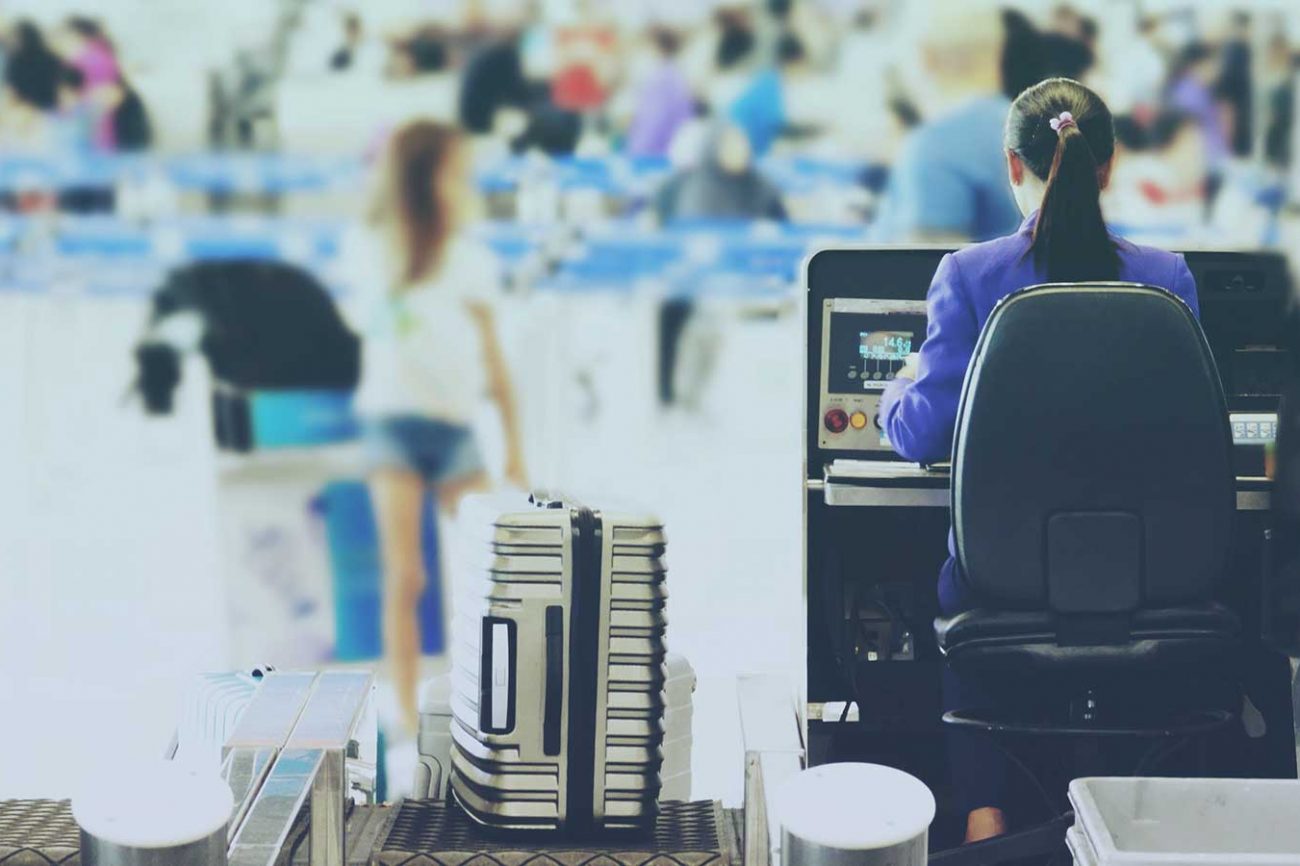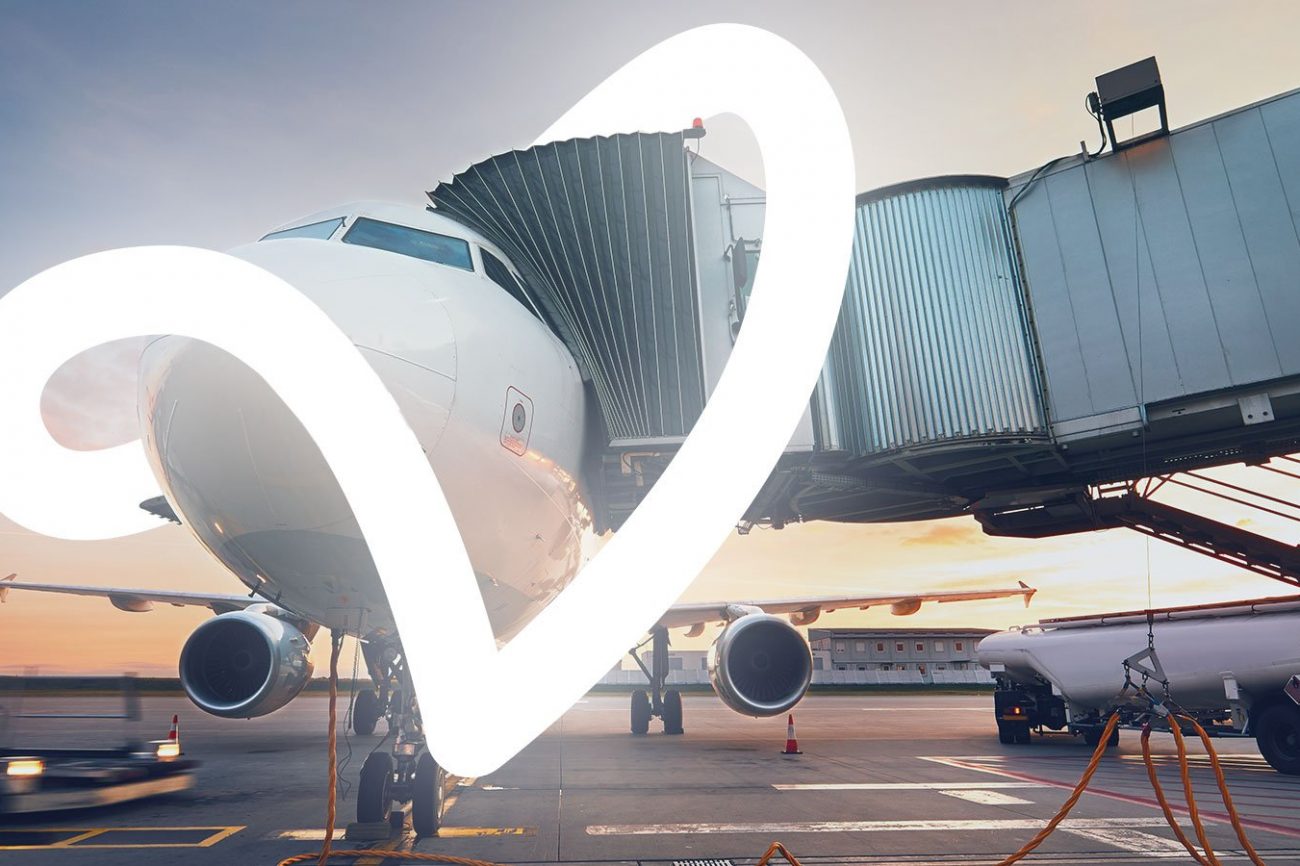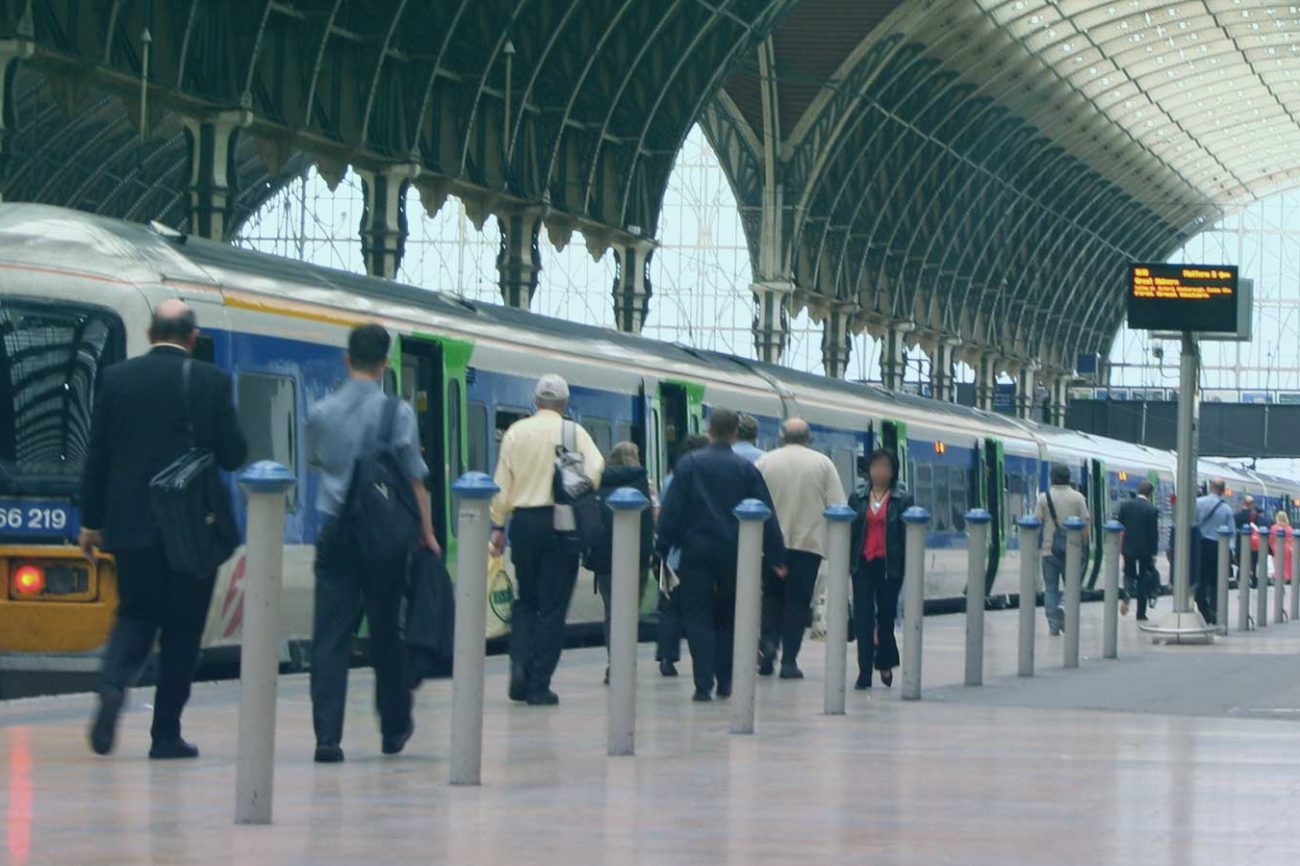[vc_row][vc_column][vc_column_text]
Merging Technology Helps Airports Reach the Sky
[/vc_column_text][vc_single_image image=”3495″ img_size=”full” alignment=”center”][/vc_column][/vc_row][vc_row full_width=”stretch_row” bg_type=”image” parallax_style=”vcpb-default” css=”.vc_custom_1567163833988{background-position: center !important;background-repeat: no-repeat !important;background-size: cover !important;}”][vc_column width=”2/3″][vc_column_text]
By Christian Carstens
[/vc_column_text][vc_separator][vc_column_text]
Air traveller numbers are growing globally, presenting some unique challenges, beyond merely making sure airports are large enough to accommodate them.
Technology offers some exciting solutions, like sensors and cameras, to understand passenger volume and flow. However, selecting the right solution can be challenging, as no single technology can meet all measurement requirements. Also, an airport’s existing environment must be considered when choosing a system that both meets current needs and is easily scalable for future demands.
Technology can be costly to install, and there is a direct correlation between numbers, cost, and lead-time. Therefore, minimising installations while maintaining high accuracy is crucial.
[/vc_column_text][vc_separator][vc_column_text]
Making the right choice
It is essential to start with the desired outcome, rather than the technology, or the accuracy of the data it promises to deliver. For example, an airport could strive to provide wait time information to passengers, or better match capacity with demand at the right times. Once the desired outcomes have been identified, the next step is to define what data is needed to achieve them. While cost and efficiency considerations cannot be ignored, it is important to clarify the levels of accuracy required to make the right decisions.
In identifying challenges and outcomes, it is also critical to understand both the individual, isolated airport processes, and to get clarity on their interdependence. It can be tempting to focus on a single pinch point, such as check-in, security or border control, without understanding its effect on others, or how it, in turn, is affected.
Experience, however, tells us that knowledge about one process will lead to another, and eventually flow between all the processes. With an airport-wide understanding of flow patterns, it is easier to focus on the right challenges and to more effectively improve all operations. It is therefore essential to choose a solution that supports the analysis of flows, rather than just single-process queue management.
[/vc_column_text][vc_separator][vc_column_text]
A global trend
There are many emerging passenger flow technologies available, from mobile device tracking to camera-based solutions. According to SITA, 77% of airports will have business intelligence initiatives for queue management by the end of 2019. The question is: which technology is the most effective for the issues that need to be solved?
[/vc_column_text][vc_separator][vc_column_text]
3D and Wifi/Bluetooth Sensor Example
New 3D sensor solutions provide an unparalleled level of accuracy for people-counting and dwell-time statistics, offering a detailed picture of wait times per processing point. However, 3D sensors are unsuitable for measuring how people move through multiple processes, as they struggle with gaps in coverage and are easily influenced by changing environmental conditions like lighting and physical obstacles.
WiFi/BLE/Bluetooth sensor solutions are ideal for measuring airport-wide flow, queue and dwell time through multiple processing points by detecting passengers’ mobile devices. They are, however, unsuitable for people-counting.
The combination of the requirements to the data and the physical environment will point towards a given solution. Often a combination of technologies is the most accurate and cost-effective solution. Choosing a sensor agnostic solution will allow for use of the best data-acquisition technologies on the market.
[/vc_column_text][vc_separator][vc_column_text]
The best of all worlds
Taking an approach that supports and utilises data from several sources, maximising the advantages of independent technologies and their strengths, provides a solution that is economically viable and scalable, delivering the desired outcome. The airport will be more adaptable when adjusting to variable ceiling heights, lighting conditions, expansions and so on, which means fewer redundant installations, and reduced costs.
Creating a low-stress, predictable experience for passengers will always play in the airport’s favour. Shorter queues, predicted wait times, and more efficient processing really can make for a seamless, pleasant and memorable airport experience.
[/vc_column_text][/vc_column][vc_column width=”1/12″][/vc_column][vc_column width=”1/4″][vc_widget_sidebar show_bg=”false” sidebar_id=”sidebar_1″][vc_row_inner gap=”5″ css=”.vc_custom_1568209727207{padding-right: 15px !important;padding-left: 15px !important;}”][vc_column_inner css=”.vc_custom_1568209693614{margin: 0px !important;border-width: 0px !important;padding: 0px !important;}”][vc_single_image image=”8164″ img_size=”full” alignment=”center” css_animation=”top-to-bottom” el_id=”open-newsletter-popup”][/vc_column_inner][/vc_row_inner]
[/vc_column][/vc_row][vc_row full_width=”stretch_row” bg_type=”bg_color” bg_override=”full” seperator_enable=”seperator_enable_value” seperator_type=”tilt_right_seperator” seperator_svg_height=”220″ seperator_shape_background=”#ffffff” bg_color_value=”rgba(42,210,201,0.05)” css=”.vc_custom_1519271452847{margin-top: 50px !important;padding-bottom: 100px !important;}”][vc_column][dt_testimonials_carousel dis_posts_total=”10″ content_layout=”layout_1″ content_alignment=”center” content_bg=”n” post_content_paddings=”30px 50px 20px 50px” img_max_width=”120px” img_border_radius=”500px” slides_on_wide_desk=”1″ slides_on_desk=”1″ autoplay=”y” post_title_font_size=”40px” post_title_line_height=”32px” post_title_bottom_margin=”5px” testimonial_position_font_size=”24px” testimonial_position_line_height=”28px” testimonial_position_color=”#2ad2c9″ post_content=”show_content” content_font_size=”17px” content_line_height=”27px” custom_content_color=”#253746″ content_bottom_margin=”0px” arrow_bg_width=”36x” arrow_border_width=”0px” arrow_bg_color=”#2ad2c9″ arrow_bg_color_hover=”#2fa8a1″ r_arrow_icon_paddings=”0px 0px 0px 0px” r_arrow_v_offset=”0px” l_arrow_icon_paddings=”0px 0px 0px 0px” l_arrow_v_offset=”0px” category=”10″ css_dt_testimonials_carousel=”.vc_custom_1563263131577{margin-top: 0px !important;background-position: center !important;background-repeat: no-repeat !important;background-size: contain !important;}”][/vc_column][/vc_row][vc_row full_width=”stretch_row” css=”.vc_custom_1567166018747{background-image: url(https://veovoforum.wpengine.com/wp-content/uploads/2018/12/veovo_homepage_background.jpg?id=2972) !important;}”][vc_column css=”.vc_custom_1567166044803{margin-top: 100px !important;margin-bottom: 100px !important;}”][vc_custom_heading text=”Plan. Predict. Perfect” font_container=”tag:h1|text_align:center|color:%23ffffff” use_theme_fonts=”yes” css_animation=”fadeIn”][/vc_column][/vc_row]


